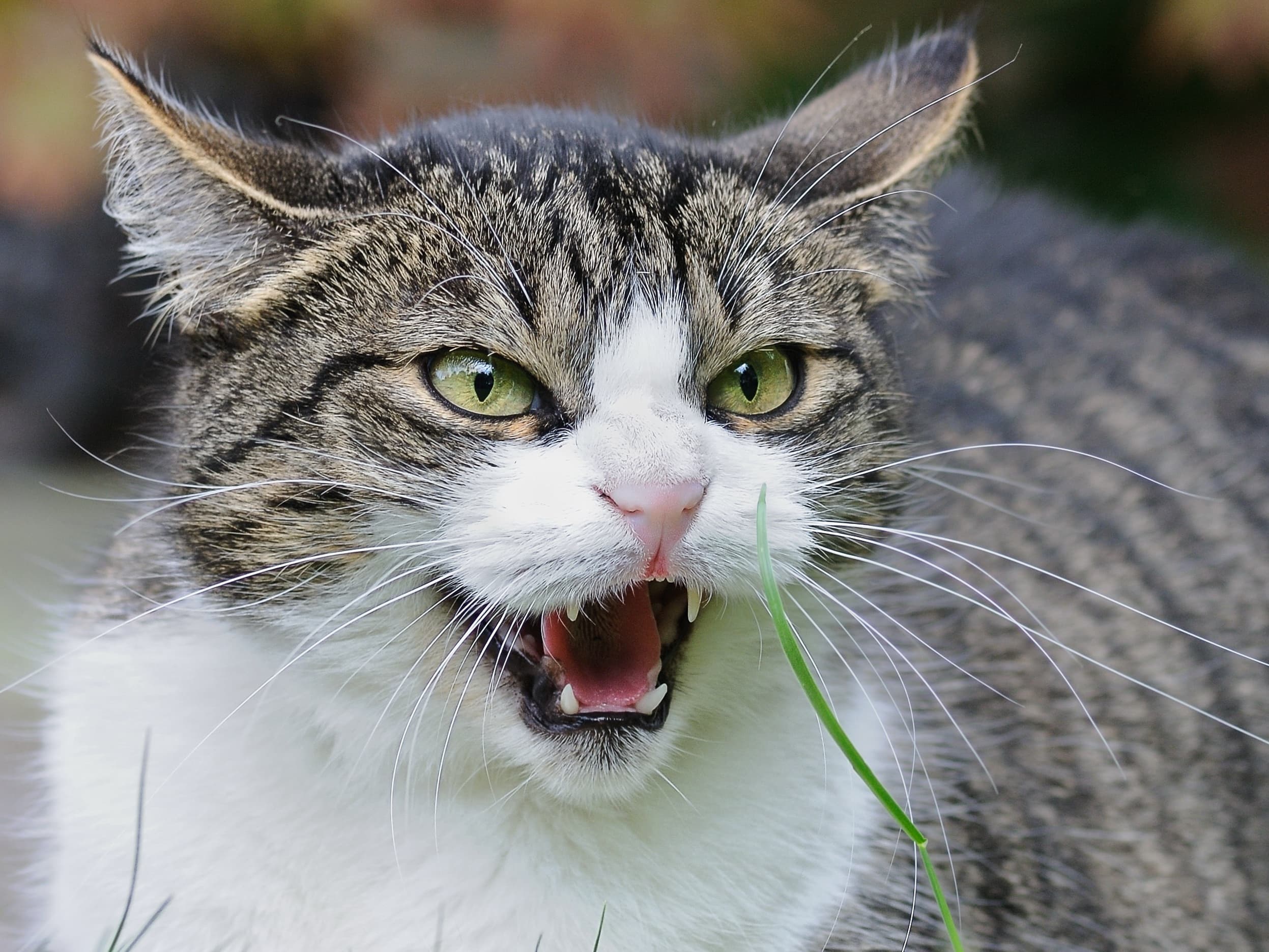5 Ways You Might Be Stressing Your Cat Out
Published on January 22, 2016

People are often blissfully unaware of the impact their actions have on their animals, for better or for worse. I’m certain that most cat owners aren’t intentionally trying to make their cats feel anxious or stressed. But regardless of intent, your actions affect your cat and can alter her behavior and her relationship with you.
Based on my work with cats, I’ve identified five common ways you may unknowingly be stressing out your cat. If you catch yourself, or anyone in your home or family, doing any of these things, do your feline a favor and nix these practices immediately! And as always, with any behavioral problem or change in your pet’s behavior, it’s important to check for and treat any underlying medical conditions that could potentially be causing or worsening the problem.
If you have concerns about your cat’s behavior, talk with your vet right away.
5 Ways You Are Making Your Cat Anxious
You rely on punishment to change her behavior
There are ways to put a stop to unwanted behavior, but punishment isn’t the solution. Punishment temporarily inhibits the problem behavior without resolving the underlying issue; your cat doesn’t understand that what she’s doing is wrong, and she doesn’t know what to do instead. Because your cat does not understand that certain behaviors are undesirable, punishment may feel inconsistent and random to her, which can cause her to become anxious and wary. She may also begin to associate unrelated components of the situation, such as people or other pets, with the cause of the punishment
You bring out the crate only when it’s time to visit the vet
A majority of cats are crated only in specific — and usually stressful — situations, like visits to the vet or groomer. This can teach them to dislike the crate, and many will hide or put up a fight to avoid going inside. Teaching your cat to go willingly into her carrier when asked and making it a fun place for her to hang out every day can make taking her places like the vet — or anywhere that requires her to ride in her carrier — a lot less stressful for everyone involved.
You think scaring her is harmless — and hilarious
You’ve seen the videos of cats terrified by cucumbers, right? Hilarious, yes? Not for the cat. I’m certain that people don’t scare their cats with the intention of causing harm — but they also don’t realize the issues that can result from this “funny” behavior. A cat who is repeatedly startled can become neurotic and wary, and may become afraid to venture into places she previously found safe. Scaring a cat in areas where she eats or drinks is especially dangerous, as the cat may avoid these areas. This may mean she’s not getting enough food or water, which can put her at risk for various health issues. And that isn’t funny at all.
You let the dog chase her
Again, this may seem entertaining to you but is downright scary for your cat. When a cat is chased, she doesn’t see it as a game; in her mind, the chase is likely an all-out, adrenaline-fueled sprint to make it to safety before she’s captured and potentially injured or killed. Some pet owners often believe the cat is purposefully taunting the dog by getting close and then bolting off, thus inviting the chase. The reality is that your cat may get close to your dog because she wants to be near people or in an area of your house that she enjoys, even if that is where the dog also is, and so she will take a chance and venture out of hiding. Assuming that cats and dogs just act this way and there’s nothing that can be done to change the situation will often result in an anxious, stressed-out cat.
You assume that your cat is happy to sleep all day
Cats are hunters, but many lack the opportunity to exercise their hunting drive in an acceptable manner. Cat owners often assume that their cats have lost this drive to hunt and just want to snooze in the sun all day. But if she’s left without any constructive way to focus her hunting instincts, your cat may climb drapes, scratch furniture, and stalk other household cats. On the other extreme, she may sleep all day and not get the exercise that’s important for her health, weight control and well-being.
One easy way to help solve these problems is to make your cat “hunt” for her food: Serve portions of her meal in food puzzles or place kibble in areas of the home that she frequents, like her perches, for her to discover on her own. You can also make play more like an actual hunt by ending a play session with a wind-down of play followed by a treat or your cat’s meal.
More on Vetstreet:





